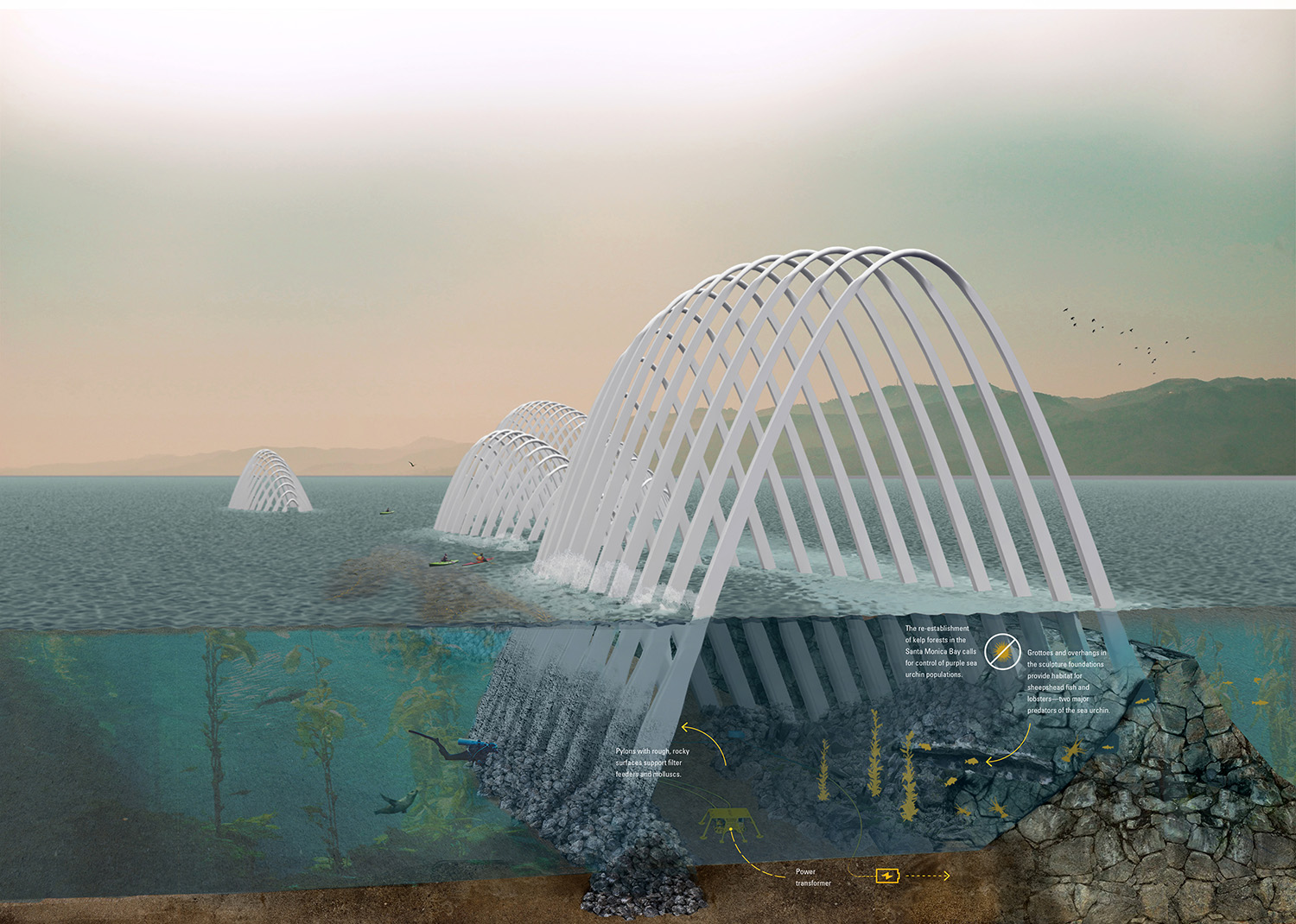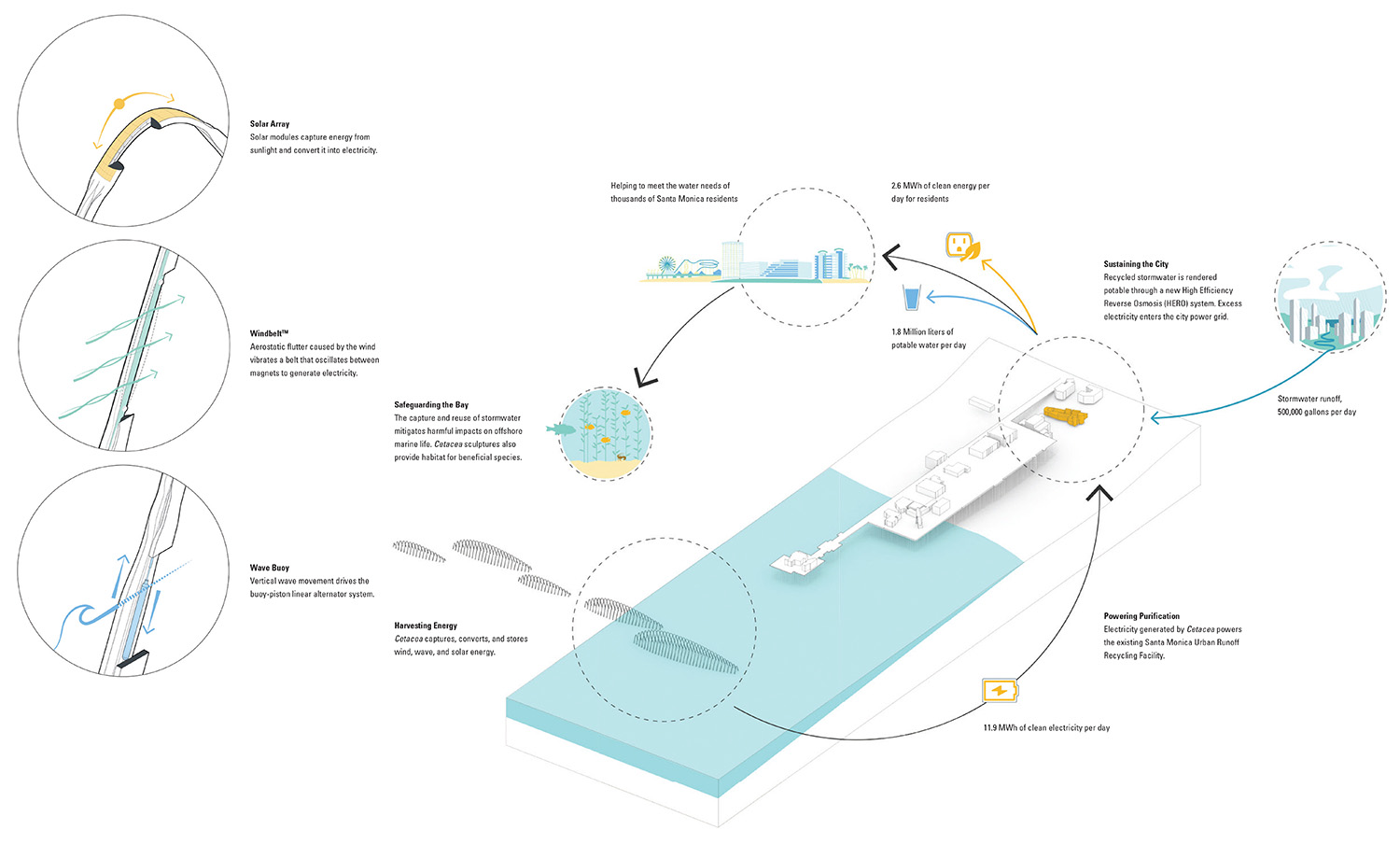Special editorial by LAGI co-founders Elizabeth Monoian and Robert Ferry
The importance of design in our global response to climate change cannot be overstated.
Our collective carbon footprint is a reflection of the design of our building systems and envelopes, our landscapes, our city plans, our transportation infrastructure, our food systems, our supply chains, our public policy, and our economic systems. At the heart it is all about design, and design is a reflection of culture.

As we prepare for the emergence of the truly post-carbon city, renewable energy technology is having (or should be having) a profound influence on the way that developers, architects, landscape architects, engineers, planners, designers, and artists are approaching every new project opportunity. The city of the very near future will be defined by the ever-present energy harvesting and generation infrastructures of a decentralized and resilient grid, changing the visual landscape in ways not seen since the advent of the automobile.
In his 1986 film, True Stories, David Byrne remarks that major highway interchanges are the cathedrals of the 20th century. The reference is meant to be interpreted as an ironic reflection on their brutal ugliness and disregard for human scale. Will renewable energy infrastructures be the cathedrals of the 21st century? And if so, will they be an inspiring reflection of the highest aspirations of human culture, or will they be the butt of jokes in future films that lament their contribution to aesthetic and cultural discord?

As our buildings and cities adapt to reflect the new energy landscape we feel it is important that there be a dedicated professional forum in which the exchange of innovative ideas can help to inspire the design direction our sustainable and resilient cities will take.
Designing every new public space as culturally relevant and net-energy positive is a way to bring about a post-carbon future that is both equitable and thriving. Successful public spaces deserve beautiful places for people, places for nature, and places for art and culture. The Land Art Generator Initiative is challenging creative minds around the world to think about how renewable energy fits into each of these aspects of public space, so that our energy infrastructures can be a beautiful reflection of our humanity and lasting artful monuments to this important time in history.
When we founded LAGI in the fall of 2008 we wanted to present new ways of thinking about the design of renewable energy infrastructure, partially as a response to the not-in-my-backyard public reaction to some proposed installations, and partially as a way to instill a sense of excitement and inspiration in the public imagination about how beautiful our post-carbon cities can be. To bring forward the greatest innovations, we decided to invite the entire world to participate in the conversation through an open call design competition.
Since that time we’ve been holding international design competitions in a different city every two years for renewable energy power plants conceived of as public art. Bringing LAGI to Melbourne—a city that sets a high bar for both art and sustainability—was the perfect conceptual fit. Through the leadership of the Department of Environment, Land, Water, and Planning (DELWP), Victoria is setting an example for the world with a goal of zero carbon emissions by 2050. Melbourne, already one of the most sustainable cities in the world, is targeting net-zero by 2020.
Featured project:
Cetacea, a submission to the Land Art Generator Initiative 2016 competition for Santa Monica
Team: Keegan Oneal, Sean Link, Caitlin Vanhauer, Colin Poranski (University of Oregon)
